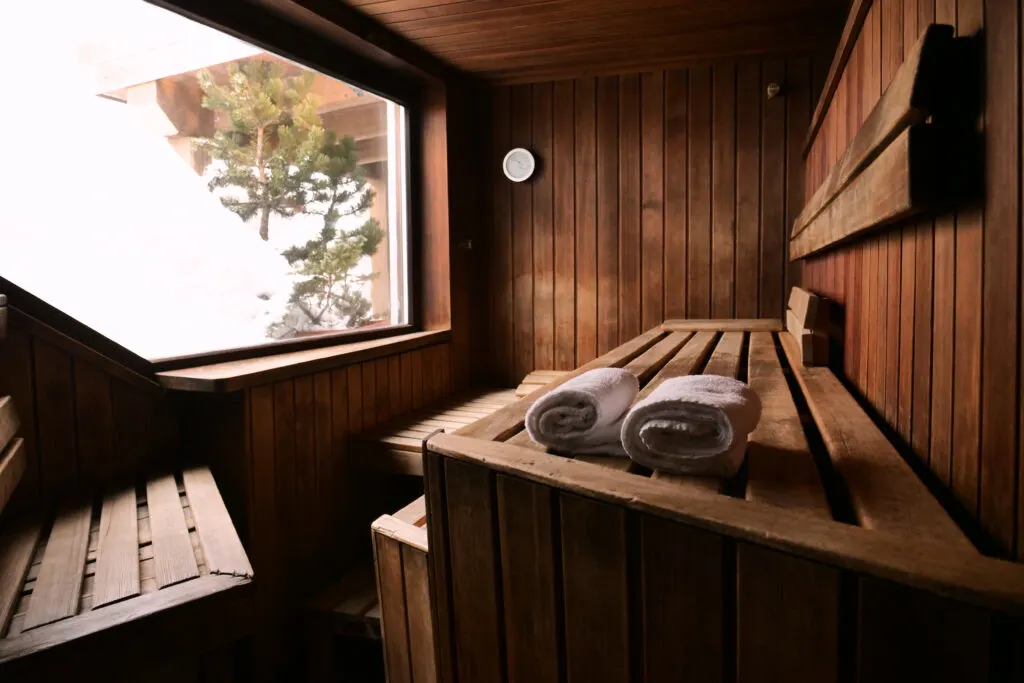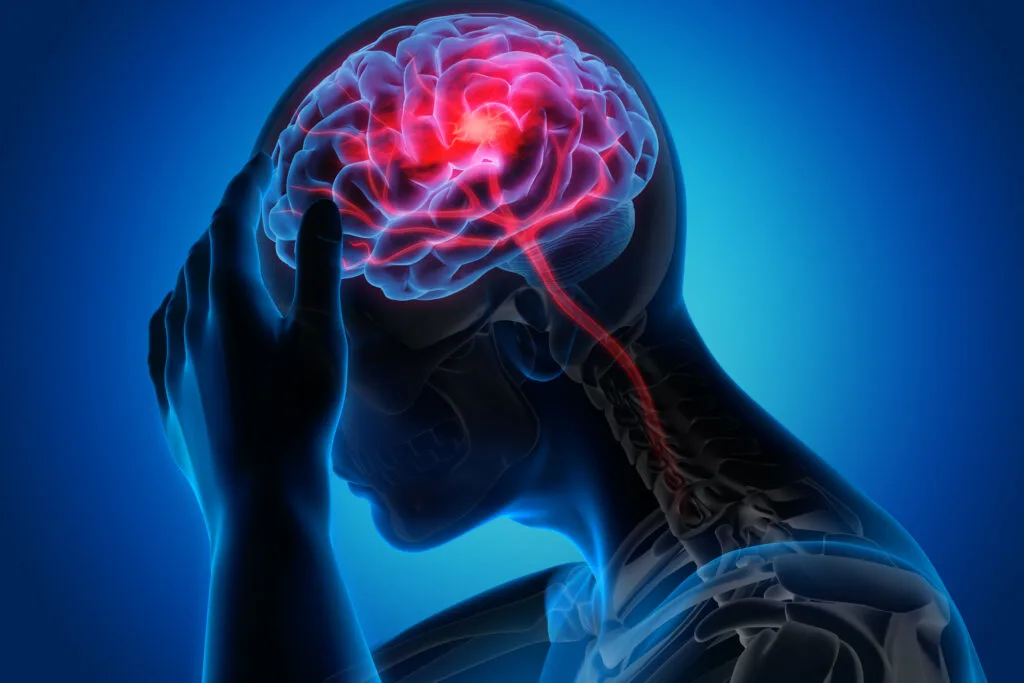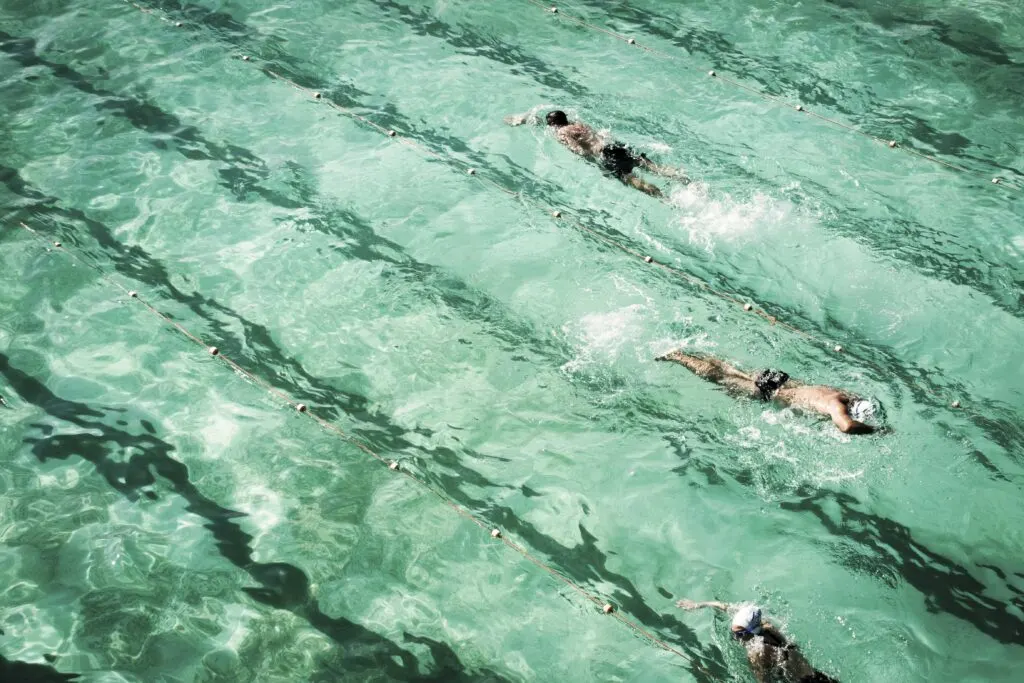Water therapy, or hydrotherapy, is commonly used to treat a number of ailments including arthritis, inflammation, depression, stress, nerve issues, and even sleep disorders.
What is hydrotherapy?
What kind of problems can be treated using it?

What are the principles of hydrotherapy?
Hydrotherapy refers to the practice of using water in any of its forms to heal, soothe, and relax the human body. It has been used since the early days of the Romans when hot springs and Roman bathhouses were popularly used for the same reasons. Hydrotherapy dates back to the days of the sweat lodges that were commonly used by Native Americans.

Hydrotherapy includes the use of steam, ice, and water for the purposes of healing. It can involve saunas, steam baths, ice packs, whirlpool baths, and more.
Each of these methods is used in an effort to bring about relief from pain or tension using a combination of moisture and temperature. Hydrotherapy treatments are often available at health spas and fitness clubs and can be attempted at home.

Heat-based hydrotherapy uses heat and water in the form of steam baths, vapors, and warm or hot baths. Cold-based hydrotherapy uses cold compresses or ice packs in an effort to narrow or constrict blood vessels.
This constriction causes the circulation of the blood to slow down along with a reduction in any swelling that is present. Cold-based hydrotherapy is intended to reduce the presence of fluid in the treated area as well.
What is hydrotherapy used to treat?
Hydrotherapy treatments are often used in conjunction with other treatments including the prescription of medicines. Ailments that are sometimes treated with hydrotherapy include headaches, arthritis, migraines, circulatory problems, and more.

Forms of Hydrotherapy
People often take a long, hot soak in the tub to relieve muscle tension and ease joint pain. Hot water is often used in an effort to reduce the soreness that is felt after strenuous exercise or long walks.
The hot water and the steam it produces open the pores while causing blood vessels to open. The intended result is better circulation and a reduction in the amount of pain that is felt along with an improvement in muscle relaxation.
The Hubbard tank allows individuals to immerse themselves completely in a tank filled with warm water for the purposes of treating leg, arm, shoulder, and back injuries. The Hubbard tank can also be used to treat burn victims.

Hydrotherapy includes the use of whirlpools to ease muscle aches and chronic conditions. The jets release warm water in spurts that are designed to massage the body in an effort to relieve muscle tension.
Swimming pools are often used to allow the individual to exercise in an environment that does not add strain on already painful joints and bones. Water-related aerobic exercises are also helpful in relieving back pain in some patients.

Sitz baths are generally taken in smaller tubs filled with salts and/or minerals designed to soothe problems caused by hemorrhoids or testicular pain.
Saunas make use of steam or warm water vapor to ease back pain or to relieve tension and stress. Today, it is possible to have a personal sauna installed in your home. You know my obsession with infrared saunas!
Hydrotherapy often makes use of ice packs or cold compresses to treat a number of medical conditions. These conditions include migraines, headaches, herniated discs, and facial problems.
Anyone who intends to use hydrotherapy on a regular basis or for the treatment of a serious medical condition should consult a physician first before incorporating it into their lifestyle. Hydrotherapy can be a positive experience and produce good results provided it is used properly.
